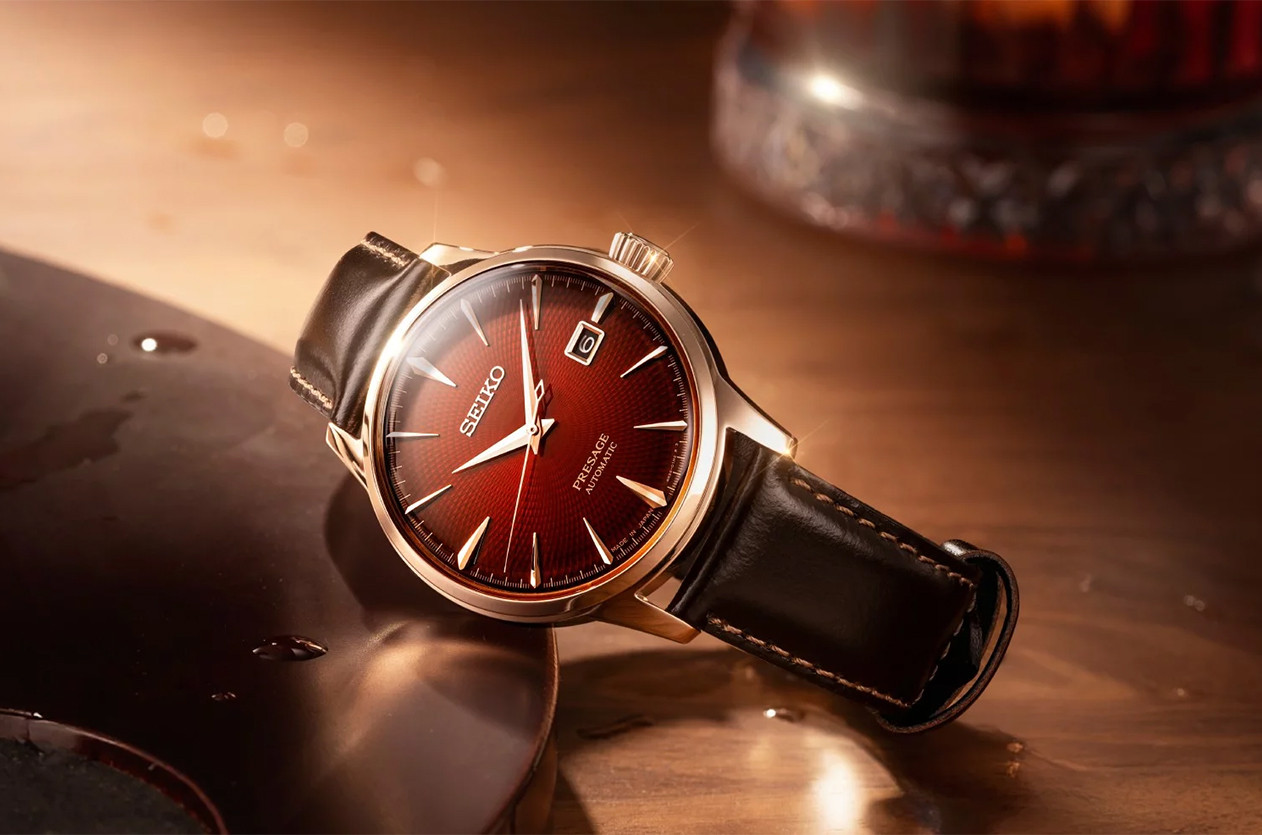
Introducing Seiko Unveils the Presage Cocktail Time SRPL96J “The Conte”
Welcome to the hub of the horoloy
Is a term used to refer to a specific type of watch movement, known as the Bagnolet calibre. The Bagnolet calibre is a historical mechanical movement that was commonly used in pocket watches during the 18th and 19th centuries. It is named after the French town of Bagnolet, which was known for its production of high-quality watch movements. The Bagnolet calibre is characterized by its compact size and simple construction, making it popular for use in smaller pocket watches. It typically features a manual winding mechanism and basic timekeeping functions, such as hours, minutes, and sometimes seconds. While less common in modern watches, the Bagnolet calibre holds historical significance in the development of watchmaking and represents a specific era in horological craftsmanship.


News Dubai Watch Week 2025 Will Be the Largest Ever with 90 Brands Participating
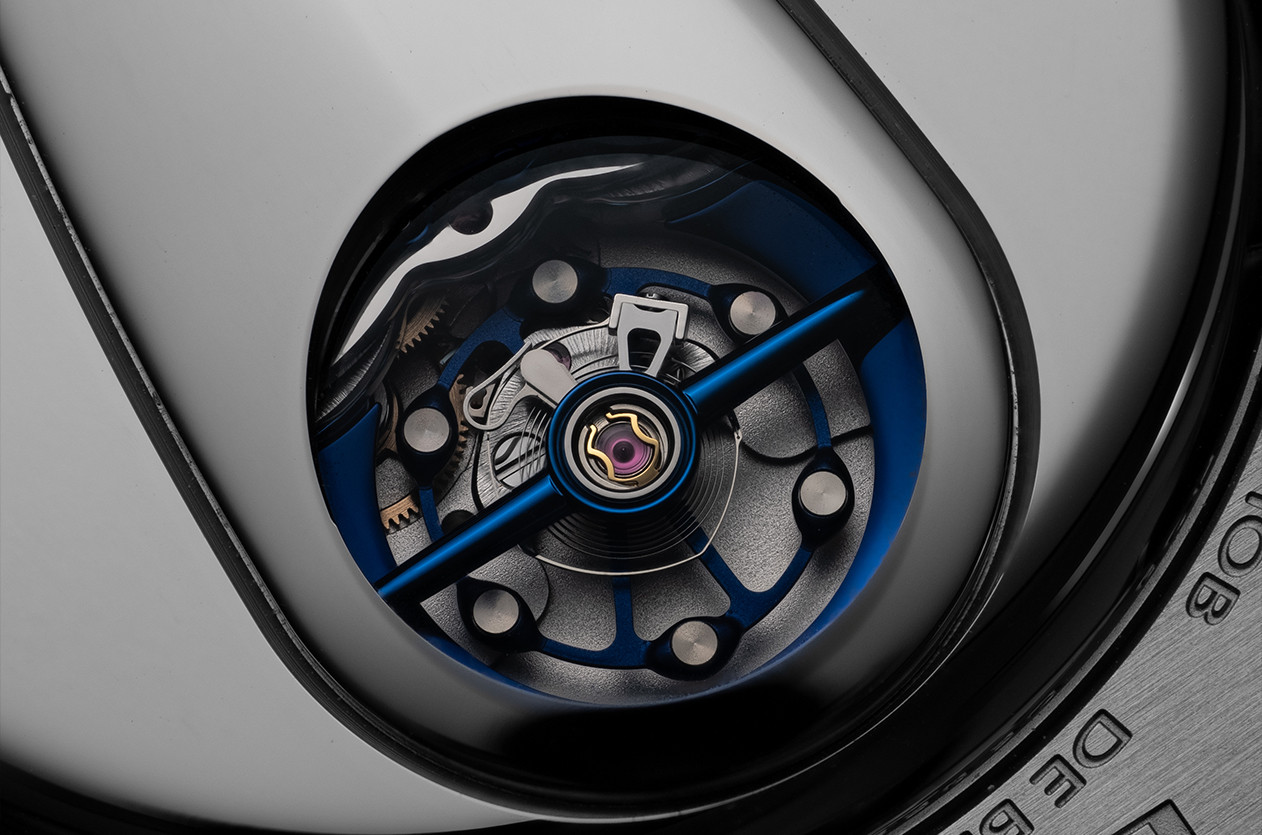
Technical The Frequency, Why It Matters in Mechanical Watches
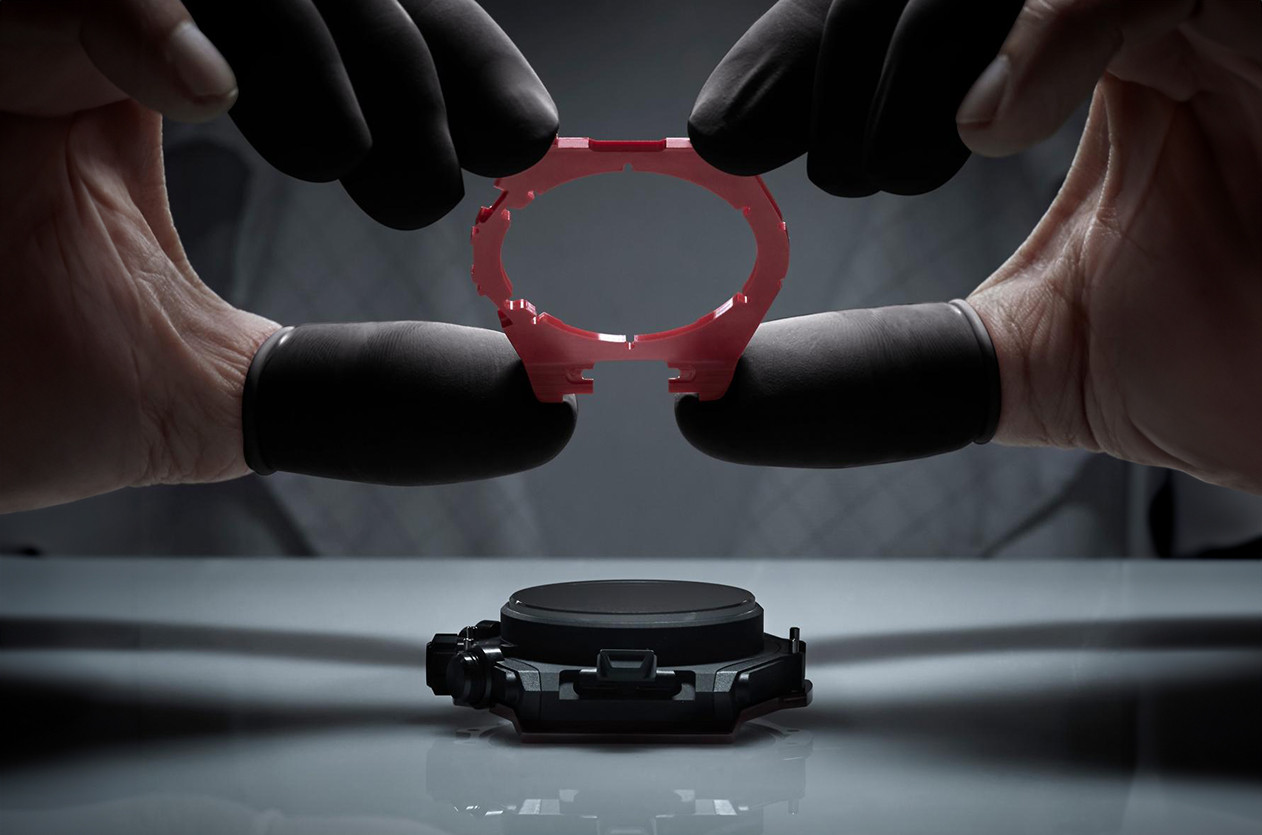
Editorial The Secrets of Watch Case Design

Editorial Abraham-Louis Breguet, The Father of Modern Horology
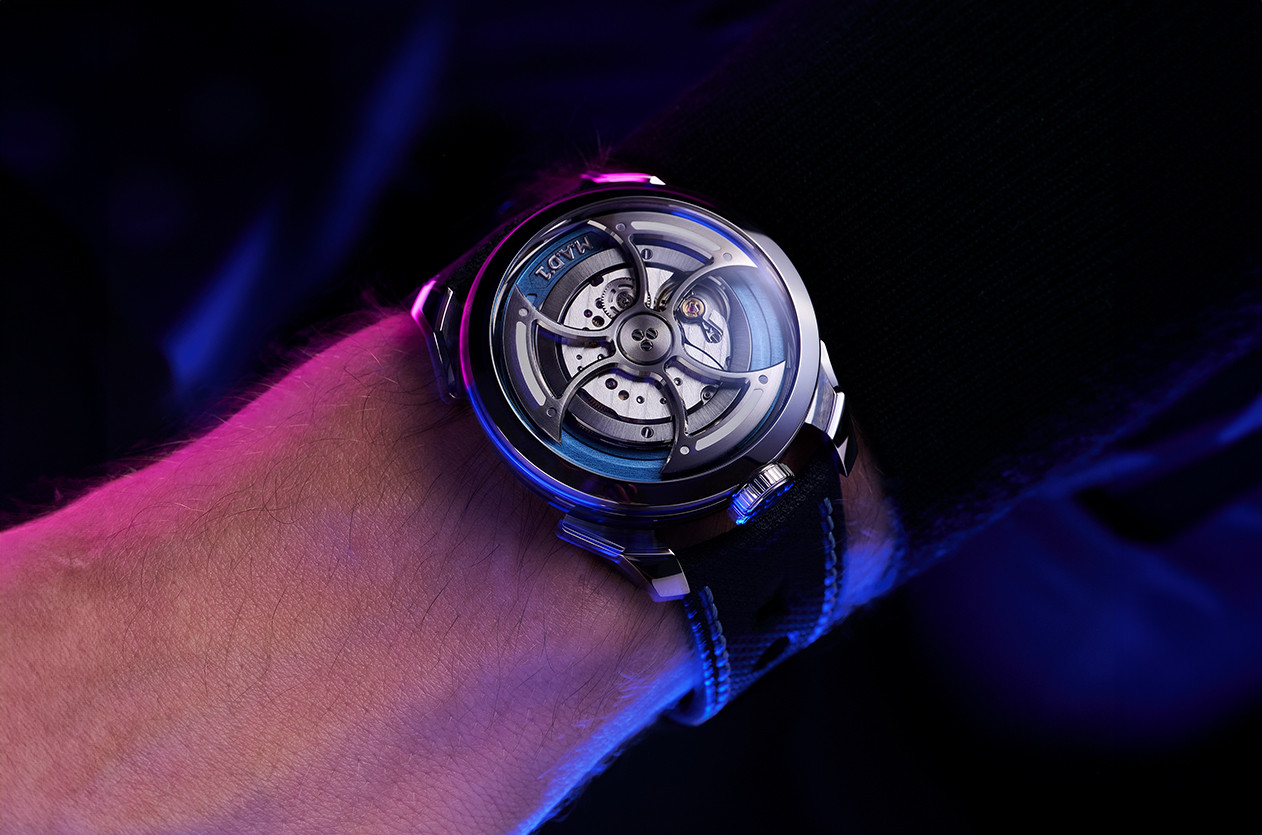
Introducing MB&F Unveils the New Generation of Its Famous Collection the M.A.D.1S
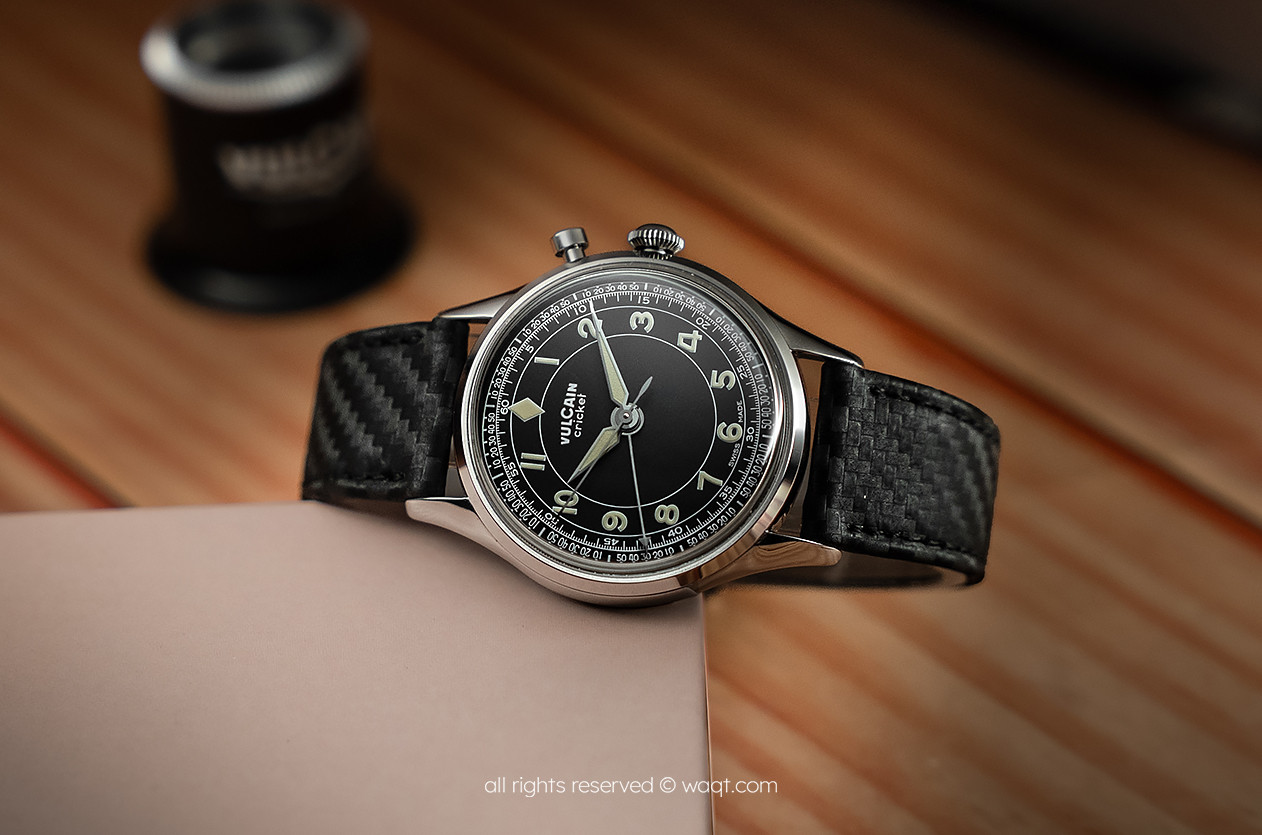
Hands on Vulcain Cricket Classic 39mm Black & Khaki